This article was co-authored by Erik Kramer, DO, MPH. Dr. Erik Kramer is a Board-Certified Primary Care Physician at the University of Colorado. With over 15 years of experience, his clinical interests include obesity and weight management, diabetes care, and preventive care, as well as embracing a holistic approach to primary care. He received his Doctorate in Osteopathic Medicine (D.O.) from the Touro University Nevada College of Osteopathic Medicine and completed his residency at Central Maine Medical Center. Dr. Kramer is a Diplomate of the American Board of Obesity Medicine.
This article has been viewed 82,628 times.
Sometimes it can be hard to feel hungry, even when you know you should, based on the time of day or your activity level. Especially as we age, our ability to build an appetite can be held back. In order to start feeling hungry, it can help to do some light exercise in order to convince your body that it’s time to eat. If you regularly struggle with not being hungry, you can either train yourself to eat on a schedule, or try and learn to recognize symptoms of hunger and start to eat when you notice them. You’ll soon be able to work up an appetite, notice your body’s natural cravings, and start eating as often as your body needs fuel!
Steps
Getting Active to Feel Hungry Quickly
-
1Go for a walk around your neighborhood for a quick workout. Walking is a great form of mild exercise to increase your hunger levels. Don’t try to walk fast, just take a leisurely stroll at your normal pace. Even just 20 minutes of walking will help your body start to feel hungry an hour or so later.[1]
- Exercising too hard can actually make you feel less hungry, and more prone to overeat in one sitting a few hours later.
-
2Do chores around the house to be productive as you work up an appetite. Another way to quickly bring up feelings of hunger is to spend 30 to 60 minutes working on chores. This will keep you moving and active without having to work too hard. Shortly after you finish, you may find yourself craving a meal.[2]
- You don’t need to spend hours being active to start feeling hungry. Work for a little bit, and then wait for a while to see if you feel hungrier than before.
Advertisement -
3Take simple, daily steps to be more active, like using the stairs. If taking the stairs or going the long way to get somewhere is an option for you, you can do this throughout your day to help your body work up an appetite on its own. When you incorporate activity into your schedule, your hunger might return naturally.[3]
- Be sure to not exert yourself too hard for the sake of feeling hungry.
-
4Try out an activity like yoga or swimming. There are many activities that will get you moving and help you feel hungrier without working so hard you lose your appetite or putting too much of a strain on yourself. You can do these activities on your own or you can join a class that will help you learn how to do them.[4]
-
5Join an aerobics class or a sports team. If you are feeling like you need more structure or you feel especially up to a full workout, you can find a group that practices a sport or an exercise routine like aerobics. If your goal is to feel more hungry, remember to choose something that will get your heart rate up for 30 minutes to an hour, and not wear you out.[5]
Eating on a More Regular Schedule
-
1Drink water first thing in the morning. Drinking a glass of water can help your body prepare the digestive system, and feel more hungry for food in an hour or two. By feeling hungry in the morning, you’ll be on track to eat your meals on schedule.[6]
- Skipping breakfast can make you less hungry throughout the day, as it can keep your metabolism from “starting” after sleeping. Eating food in the morning is more likely to help you feel hungry during the day than skipping an early meal.
-
2Plan your meals around the times of day you feel most hungry. Your daily eating habits don’t have to line up with society’s expectations about when you should eat. For example, if you feel hungry around 11 in the morning, 3 in the afternoon, and 7 at night, it’s probably best to fit your eating schedule in with that, rather than forcing your body to feel hungry when it’s “supposed to.”[7]
- One way to figure out when your eating times should be is to go through your day, writing down feelings of hunger as they start to come up, and eating when they do. This can help you create a natural eating schedule.
- You can also try rating your fullness on a scale from 1-10 to see if that helps you find a good time of day to eat. When your fullness levels are lowest, that may be a good time to stop and eat a meal.
-
3Set an alarm for your preferred eating times. Once you have figured out when you like to eat, try setting alarms for your meal times. If you have a phone, you can set up daily alarms that will remind you when you should eat. You may also be able to program a few alarms into your watch.
- If you don’t have any devices capable of setting alarms, you can always work on getting in the habit of regularly checking the time and trying to eat when you notice the time for a meal is coming up.
-
4Split large meals into smaller snacks. If you sit down to a meal and find that you can’t finish it, or the plate just looks too big to start eating it at all, it’s okay to split each meal into 2 meals. This allows you to eat just a little bit at each meal, 6 times a day. Some nutritionists consider this more natural than eating 3 times a day.[8]
- You may even find yourself feeling more hungry between meals with this approach, since you won’t be over-filling at each meal to compensate for a bigger gap between meals.
Listening to Your Body to Recognize Hunger
-
1Pay attention to whether you feel more distracted or irritable than usual. If you are starting to feel foggy, have a hard time concentrating, or feel easily upset, your body might be reacting to low blood sugar. Your mind will feel like it’s not working quite right when you need food.[9]
-
2Notice if you start to get a headache or feel dizzy. When you feel a headache coming on, or you begin to feel lightheaded, you could be experiencing some common symptoms of hunger. While there are other causes, of course, going for hours without eating deprives your brain of nutrients, and can easily lead to a headache.[10]
- Bad headaches and dizziness so bad that you feel disoriented are symptoms of pretty extreme hunger. If these start to become common ways for you to tell if you’re hungry, you may want to consider seeing a doctor.
-
3Listen to your stomach to see if it’s gurgling. One way your body tries to tell you it needs fuel is the sound of gurgling coming from your stomach, which often feels like a slight cramp or a bubbling sensation. Paying attention to your stomach’s signals is an important way to get familiar with feelings of hunger.[11]
- Try checking in every few hours to see if you notice any grumbling or pain in your stomach.
-
4Wait 10 to 15 minutes if you aren’t sure you feel hungry. If you have trouble noticing your mental and physical state, or if you can’t tell if the symptoms you feel are a result of hunger, you can make a habit of waiting 10 to 15 minutes after noticing a symptom to see if it stays or passes.[12]
- If you still feel one or more signs of hunger after around 10 minutes, it’s almost certainly hunger. This is especially true if another symptom of hunger came up as you were waiting.
References
- ↑ https://health.usnews.com/wellness/fitness/articles/2017-07-07/does-exercise-make-you-hungry-or-suppress-your-appetite
- ↑ https://time.com/5438387/exercise-guidelines-benefits/
- ↑ https://time.com/5438387/exercise-guidelines-benefits/
- ↑ https://time.com/5438387/exercise-guidelines-benefits/
- ↑ https://health.usnews.com/wellness/fitness/articles/2017-07-07/does-exercise-make-you-hungry-or-suppress-your-appetite
- ↑ https://www.huffingtonpost.ca/2016/11/08/when-to-eat-breakfast_n_12862404.html
- ↑ https://www.uwhealth.org/health/topic/actionset/healthy-eating-recognizing-your-hunger-signals/zx3292.html
- ↑ https://www.uwhealth.org/health/topic/actionset/healthy-eating-recognizing-your-hunger-signals/zx3292.html
- ↑ https://www.uofmhealth.org/health-library/aa155258#aa155258-sec
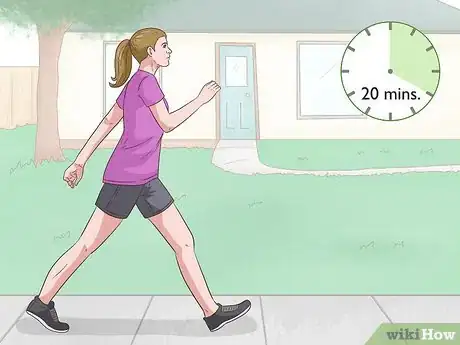

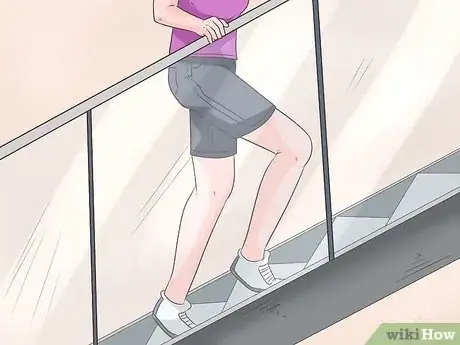

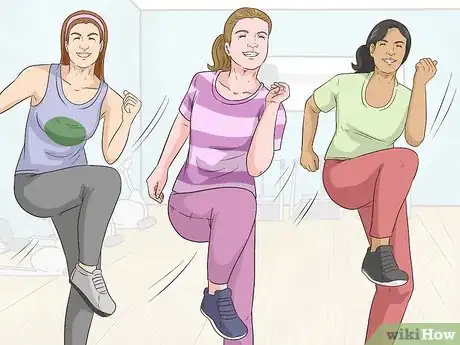
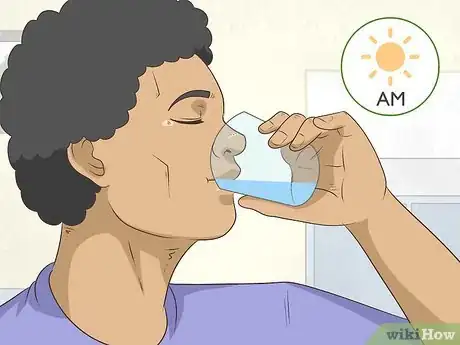
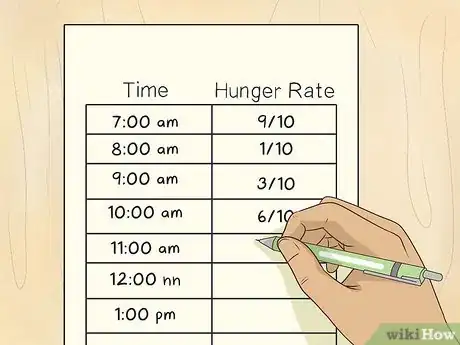
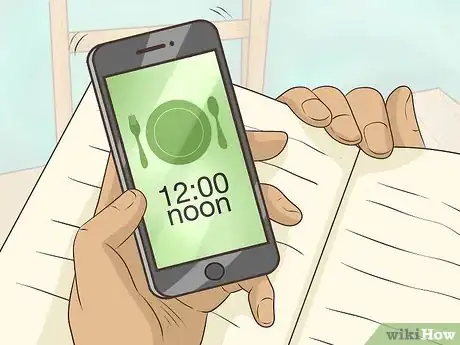

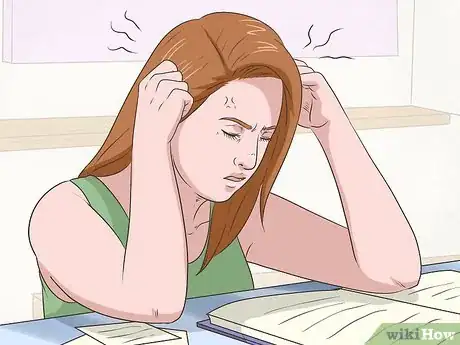
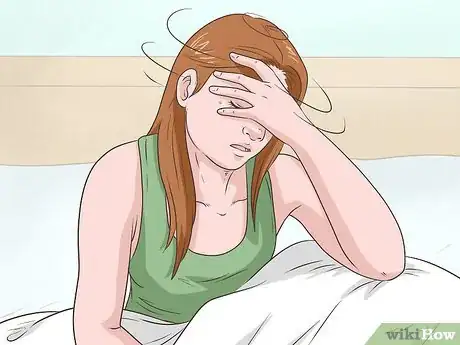
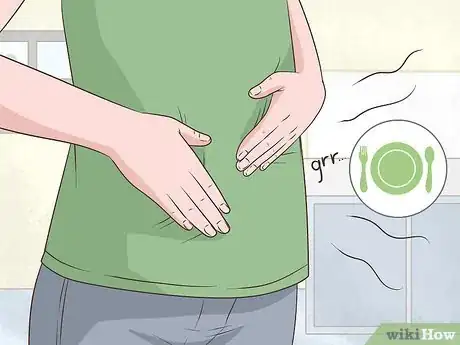
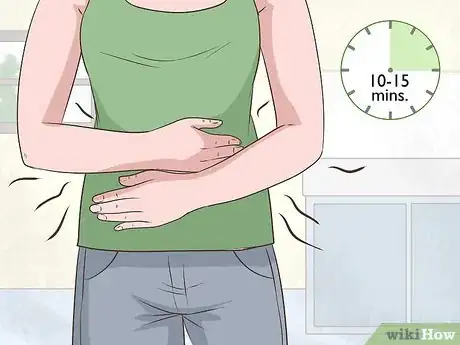


























































Medical Disclaimer
The content of this article is not intended to be a substitute for professional medical advice, examination, diagnosis, or treatment. You should always contact your doctor or other qualified healthcare professional before starting, changing, or stopping any kind of health treatment.
Read More...